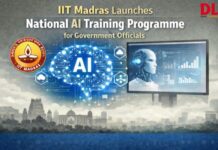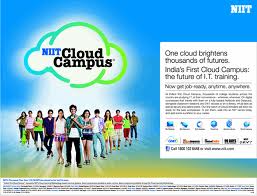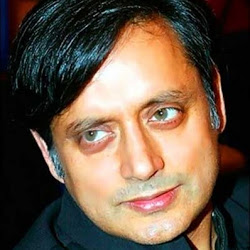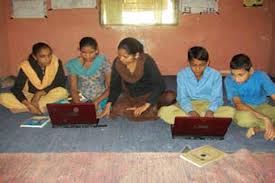Koenig Solutions, Offshore IT Training firm, has unveiled its training campus in Delhi. The firm claims is the world’s largest offshore IT Training facility, providing end-to-end solutions to corporate.
The campus, spread over an area of 18,000 sq ft, includes 70 classrooms and 30 testing stations and provides end-to-end solutions including accommodation, examination facilities, meals, daily transport etc, which are part of the course fee.
Koenig has a total of five centres in India — Goa, Shimla, Dehradhun, Delhi and Bangalore — as well as a training facility in Dubai. There are plans in place to expand it further in more such tourist centres. The company is looking at setting up training facilities in cities like Chennai and Pune in India and globally in West, South and East Africa.
According to Rohit Aggarwal, CEO and founder, Koenig Solutions, the IT training and certification today is a $20 billion industry worldwide and the education tourism market in India alone could become $1 billion by 2020. Koenig’s education tourism business model is unique and aims to tap this growing market. Koenig claims to have trained more than 20,000 students from over 50 countries since its inception in 1993, and has seen its trainer pool swell to 250.
The firm offers over 100 IT courses and is the authorised training partner of Microsoft, Cisco, Oracle, VMware, Novell, Adobe, EMC, Citrix, Linux Professional Institute, among others.
(Source: PTI)






























